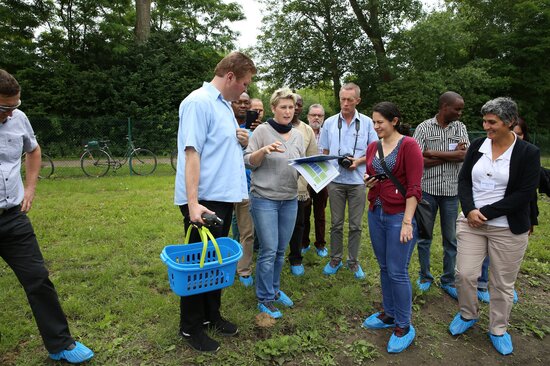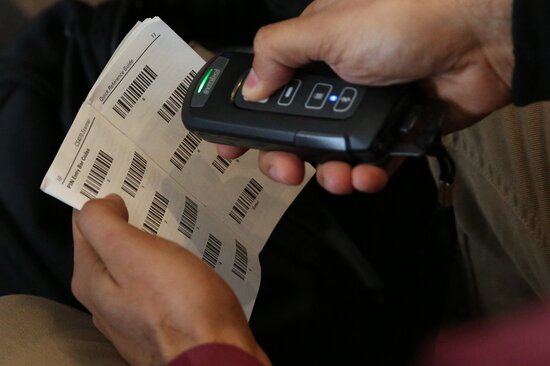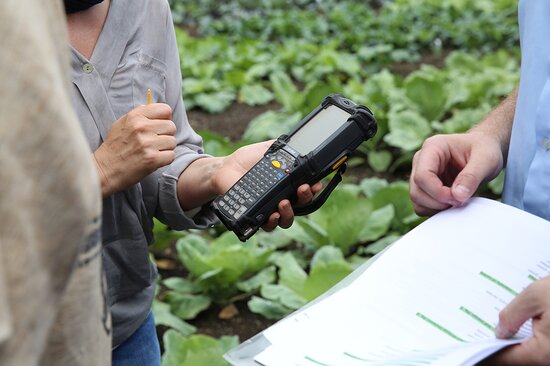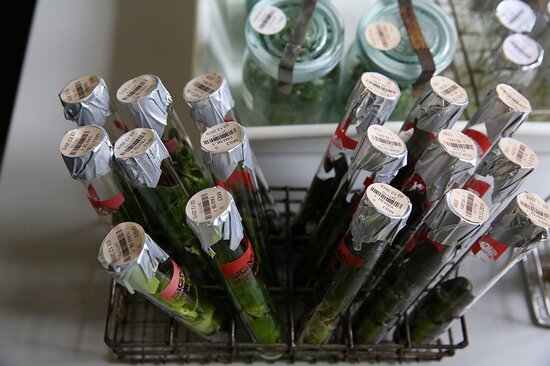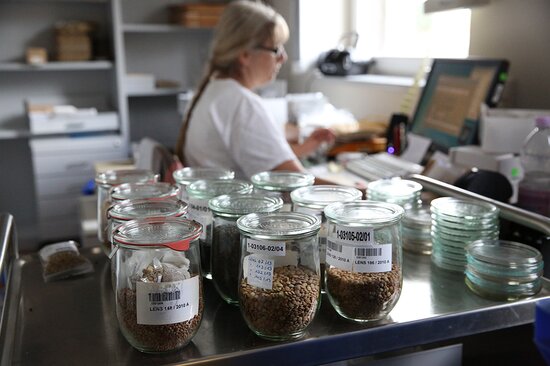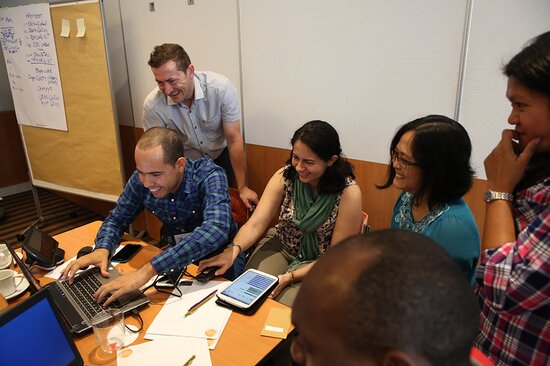Scanning the Future of Genebanks
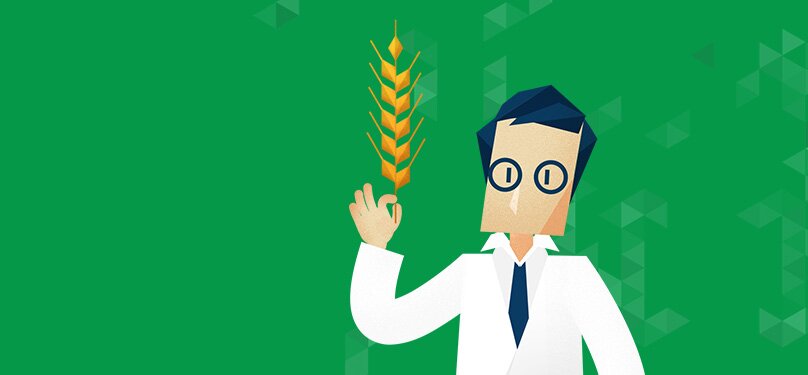
29 June 2016
Anybody who buys something in a supermarket these days knows a little about barcodes. You put your purchases in the trolley, take them to the check-out person, who waves that wand thing over the black lines on each item, and – hey presto – the name and price of whatever you’re buying appears on their screen. Very convenient, very efficient. But how many of us have really thought about what those black lines do, how the whole thing works? You just take it for granted, don’t you? Life’s too short.
Genebanks are a little like supermarkets. Stuff comes in, stuff goes out, and in between, things happen to it, which you need to keep track of, whether it’s a can of baked beans or a sample of wild bean seeds collected in Guatemala. So genebank managers, unlike the rest of us, have been thinking a lot about barcoding. A few have even been doing it. But not as many as you’d think. Turns out, when you start really getting into barcoding, for all the convenience it provides once you have the system set up, it’s not as straightforward as it seems to get started.
Sure, you need the gadgets, the wand thing in particular, the scanner; but in a way that’s the easy part. You need to generate and print the actual barcodes, the little black lines (there are 2D barcodes too, called QR codes), and paste them on whatever it is you’re barcoding. And you also need to have the right software to run the whole thing: the scanner converts the pattern of black lines or other shapes into a number, and the software then looks that number up in a database, and tells you what to do next with whatever the lines are stuck on, and finally records that you’ve done it, and moves you on to the next thing.
That all costs money: for hardware, new software (and links between the new software and your old software), and training for staff who are used to doing things a different way. And genebank managers often have to forgo that latest gadget – that would make their life oh so much easier – because they simply don’t have the cash. Nerdy as they are, you know that hurts. However, when it comes to choosing between testing the viability of seed samples, say – routine but essential – and buying some newfangled equipment you’ve been doing without for ages, routine will usually win.
But it’s not just the pain of not having more technology to play with. Barcoding can stop costly mistakes happening, costly both in money and that even more valuable resource, genetic diversity. Accidents happen. Seed samples or test tubes can get mixed up, or mislabeled, or even lost. You can always get another can of baked beans, but who knows if that population of wild beans from Guatemala is still there. And even if it is, can you imagine explaining to a donor that you have to go back to collect it again because of a lapse in the genebank? Barcoding helps prevent mistakes. It helps the genebank’s workflows flow smoothly and efficiently.
The CRP Genebanks, a partnership between the Crop Trust and the CGIAR, is all about ensuring that the international collections managed by the CGIAR centres on behalf of the world community run as smoothly and efficiently as possible. Establishing quality management systems (QMS) for all the genebanks has been a big part of this, and barcoding is a big part of QMS. Many of the CGIAR genebanks are already using barcoding for some of their operations, but others are a bit behind. Last week, the CRP took an important step in ensuring that all the CGIAR genebanks will be using barcodes to track and monitor their samples.
That’s because information staff from eleven genebanks met in Berlin to recap what they still need to make it happen. It was an intensive five days of discussion, facilitated by Crop Trust staff, and included a day trip to visit the nearby German national genebank at Gatersleben, where barcoding is used routinely.
The 24 participants helped each other come up with detailed plans for each of their genebanks. That includes what equipment they still need to buy, what software to procure or develop, and what training to get for key staff. The CRP will now help them obtain what they are still missing. But no, you still won’t be able to take a trolley down the aisles of the CIAT cold store and fill it with bags of beans from all over the world. At least not physically – but that’s a topic for another post.
For more barcoding workshop photos, visit the Crop Trust’s Flickr page here.
The opinions expressed here are those of the authors and do not necessarily reflect the opinions or views of the Crop Trust. The Crop Trust is committed to publishing a diversity of opinions on crop diversity conservation and use.


